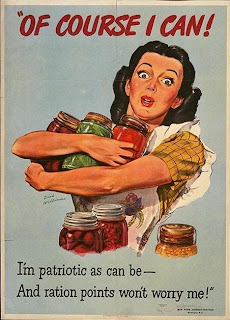On page 117 the authors dicuss representation and vectors in regards to the way the person is viewed in the picture. "There is, then, a fundamental difference between pictures in which this is not the case. When represented participants look at the viewer, vectors, formed by participants'eyelines connect the participants with the viewer. Contact is established only on an imaginary level." I had never really looked at the eyes as vectors or seen the meaning behind they way a person is positioned in the picture. But as the picture on page 117 the eyes create a connection and provide a vector effect for the viewer.


On page 123 the authors compare and contrast images acts and speech acts. They draw many similarities like offering information, demand information and set the mood, but come to the conclusion that each mode has it's own characteristics and method of completing acts. "But if there is such an 'offer of goods-and-services' in images, it must take the form of an 'offer of information'. It must be represented. It cannot be enacted directly." Whereas the speech act can be enacted with directly.
0 comments:
Post a Comment